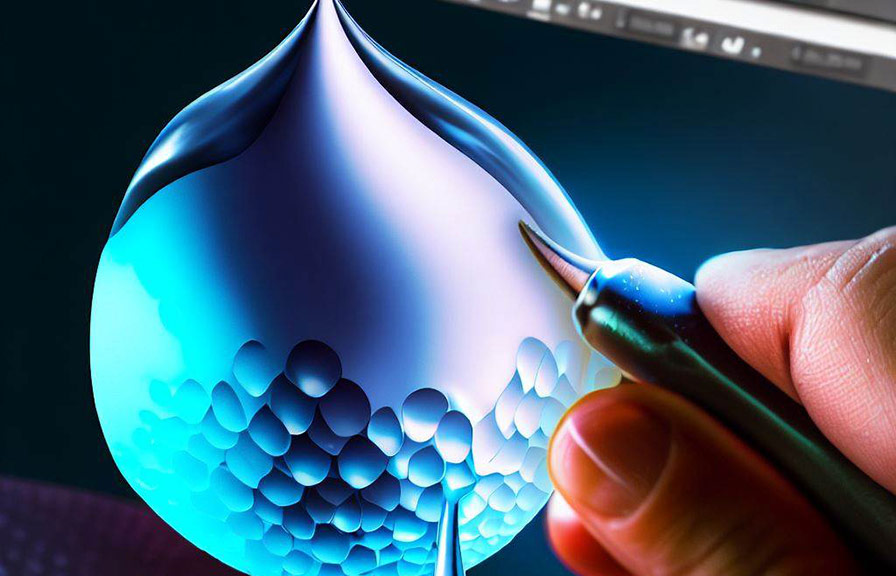Adobe photoshop is a powerful software for digital artists, photographers, and designers. it offers a plethora of tools and features that cater to various creative needs. one such intriguing tool is the 3d material eyedropper tool.
This tool allows you to select and apply materials to your 3d objects in photoshop, making it easier to create realistic and engaging designs. in the post, we'll dive into the world of 3d materials and explore tips and tricks on how to use the 3d material eyedropper tool in photoshop effectively.

Understanding 3d materials in photoshop
Before diving into the 3d material eyedropper tool, let's quickly understand what 3d materials are. a material is a combination of textures and properties that determine how an object appears in a 3d scene. photoshop comes with a variety of built-in materials, such as metals, plastics, and fabrics, that you
Can use to create realistic 3d objects.
Accessing the 3d material eyedropper tool
To access the 3d material eyedropper tool, follow these steps:
1. open a 3d layer in photoshop.
2. select the Move tool (_v_) from the toolbar.
3. in the options bar at the top, click on the 3d material eyedropper tool icon.
Now that you know how to access the tool, let's explore some tips on how to use it effectively.
Tip #1: sample materials from existing 3d objects
One of the most straightforward ways to use the 3d material eyedropper tool is to sample materials from existing 3d objects in your scene. to do this, simply click on the object with the tool, and the material will be selected in the 3d panel.
You can then apply this material to other objects by clicking on them with the tool.
Tip #2: add custom materials to your library
Photoshop allows you to create and save custom materials that you can use in your projects. to do this, follow these steps:
1. open the 3d panel by going to window > 3d_.
2. select the object you want to create a material for.
3. in the Properties panel, click on the Diffuse texture thumbnail.
4. Click on the gear icon and select new texture_.
5. edit the texture using photoshop tools and save it.
6. in the 3d panel, click on the Add new material icon and select new material from texture_.
Your custom material will now be available in your 3d materials library, and you can use the 3d material eyedropper tool to sample and apply it to other objects.
Tip #3: import materials from external sources
If you have materials from external sources, such as online libraries or other 3d software, you can import them into photoshop and use them with the 3d material eyedropper tool. to import a material:
1. open the 3d panel.
2. click on the Add new material icon.
3. select load material and locate the material file on your computer.
Once imported, you can use the 3d material eyedropper tool to sample and apply the material to your 3d objects.
Tip #4: adjust material properties for better results
Once you've applied a material to a 3d object, you can fine-tune its properties in the Properties panel. here, you can adjust settings such as shine, reflection, roughness, and bump to achieve the desired look.
Experiment with different settings and observe how they affect the appearance of your 3d object.
Tip #5: use the 3d material eyedropper tool with the 3d paint bucket tool
The 3d material eyedropper tool can work in conjunction with the 3d paint bucket tool to create more intricate and detailed material designs. first, use the 3d material eyedropper tool to sample a material. then, switch to the 3d paint bucket tool and click on the areas of your
3d object where you want to apply the material. this combination allows for precise material application and opens up new creative possibilities.
Conclusion
The 3d material eyedropper tool in photoshop is a powerful and versatile addition to your creative toolbox. with these tips, you can effectively use the tool to create realistic and engaging 3d designs. so, go ahead and experiment with different materials, import and create custom materials, and fine-tune their properties
To achieve the perfect look for your 3d objects. happy designing!
